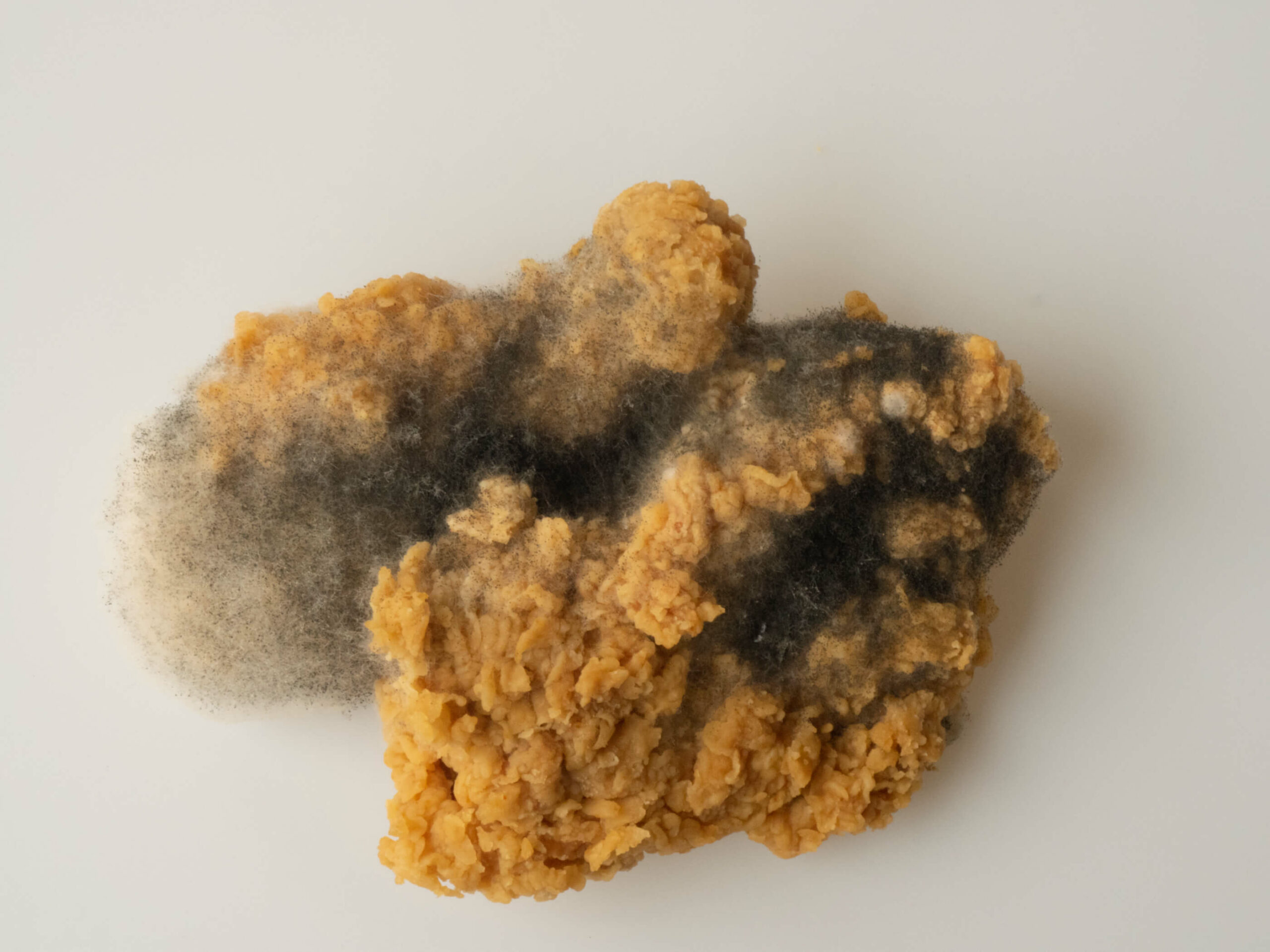
Stocking up on dinner ingredients and groceries can be overwhelming for many people. Between shopping by brand name or price point and trying to remember which items are in the frozen food aisle versus the refrigerated section, frozen chicken may seem like an easy solution to saving time and money.
Frozen chicken is cheaper than fresh chicken because of the extension of the product life span. Fresh chicken meat has a short shelf life but can be kept for up to two days after purchase in the refrigerator if cooked or handled minimally. Frozen chicken, on the other hand, can last for weeks or months in the freezer.
Fresh chicken requires additional attention in handling and storage compared to frozen chicken. If you buy fresh chicken but won’t use it for a few days, you should freeze it as soon as possible so that it doesn’t spoil before you have a chance to eat it.
Frozen foods are also usually cheaper than fresh ones because they require less labor and materials during production (since they are often already cooked and packaged). In other words, when making them, there’s no further need for someone else’s time or supplies—you pull them out of their freezer bag.
According to the Food and Drug Administration (FDA), frozen chicken may have contamination with harmful bacteria. Freezing doesn’t kill bacteria. The frozen chicken may become contaminated during packaging, processing, or storage before it’s frozen. Following food safety procedures when handling any type of chicken is essential.
The only way to ensure you’re getting the healthiest meat possible is by buying fresh foods directly from local farmers and ranchers and storing and cooking them yourself.
Frozen chicken preparation usually involves chemicals to prevent freezer burn. The most common treatment is with propylene glycol—which, while it doesn’t sound like much, has many adverse effects on your health.
According to the FDA (Food and Drug Administration), propylene glycol can cause a host of symptoms, including hives or skin redness; swelling of the eyes; throat tightness; difficulty breathing; chest pain, and heart palpitations.
If you want to avoid these symptoms but still enjoy frozen chicken while cooking at home, consider buying frozen meat from companies that don’t use such treatments.
The label should include the following:
If you’re buying frozen chicken in small portions or in bulk, ensure you can clearly read the label and dates listed on the package. It is possible that labels fall off during transit or got worn off.
Sometimes there are mistakes or misprints on product labels, so use your best judgment every time. Lastly in the supermarket, fresh and frozen chicken might be left out at incorrect temperatures if another customer returns the item or puts it back on a shelf or leaves the chicken in a grocery cart.
The “sell by” date on a package is often considered an indicator of quality. But it’s important to remember that this date is only one factor in determining the freshness of your food. The sell-by date does not refer to when your food will spoil; it relates to how long it will stay at its best quality.
That means that even if you have eggs with a January 21st sell-by date, they might still be suitable for another week or two (depending on how you store them). The same goes for frozen chicken—you’ll want to use your frozen goods within their recommended storage times.
Unfortunately, eating frozen chicken outside of recommended dates affects the chicken’s flavor and texture.
Freezing chicken further damages the quality of the meat. Freezer burn is a grayish discoloration on the outside of your chicken, making it unappealing and taste bad when cooked.
If you buy frozen chicken, look for a high-quality brand with a short expiration date. You should also find out what kind of farm the animal came from and the type of feed and living conditions. Organic is better than conventional, and free range is better than organic.

For the most part, even if your chicken contains Salmonella or Campylobacter bacteria (responsible for about 80 percent of foodborne illness cases), cooking raw chicken should destroy any harmful organisms that might have been present when you bought it. If you’re concerned about dirty meat, always wash all fresh poultry before cooking or eating them—and don’t buy undercooked meat from domestic sources like supermarkets or restaurants, and pay attention to expiration dates and safe food handling.
It is a common myth that freezing chicken kills bacteria. However, the freezing process doesn’t kill bacteria. Freezing will stop the bacteria from growing but doesn’t remove the bacteria from the chicken meat. Rather it prevents the bacteria from growing so they don’t multiply inside your body once they’ve infected you through food poisoning. Possible side effects of consuming bad chicken are nausea/vomiting (especially common in young children), diarrhea which could be bloody depending on how nasty the infection is (commonly seen in older adults).
Here is an example of possible food contamination from frozen chicken products.

Frozen chicken is a convenient, time-saving option for people who don’t have the time or inclination to cook fresh meat. But frozen food also comes with some disadvantages. If you want frozen chicken in your cooking, ensure it’s high quality and new (not older than two months), check for signs of freezer burn, and discoloration before eating, and follow safe defrosting, cooking, and storage practices.
Stay Connected to Crimson Coward
For Nashville Hot Chicken announcements, new locations, menu launches & giveaways, visit our social media channels @CrimsonCoward.
The Crimson Coward family will continue to expand nationwide in 2022 and beyond

“20 of the best fried chicken restaurants places in America.”

“35 best fried chicken places in America.”

Locally honored by
the Press-Telegram and LAStartups!
Copyright © 2024 CRIMSON COWARD. All Right Reserved